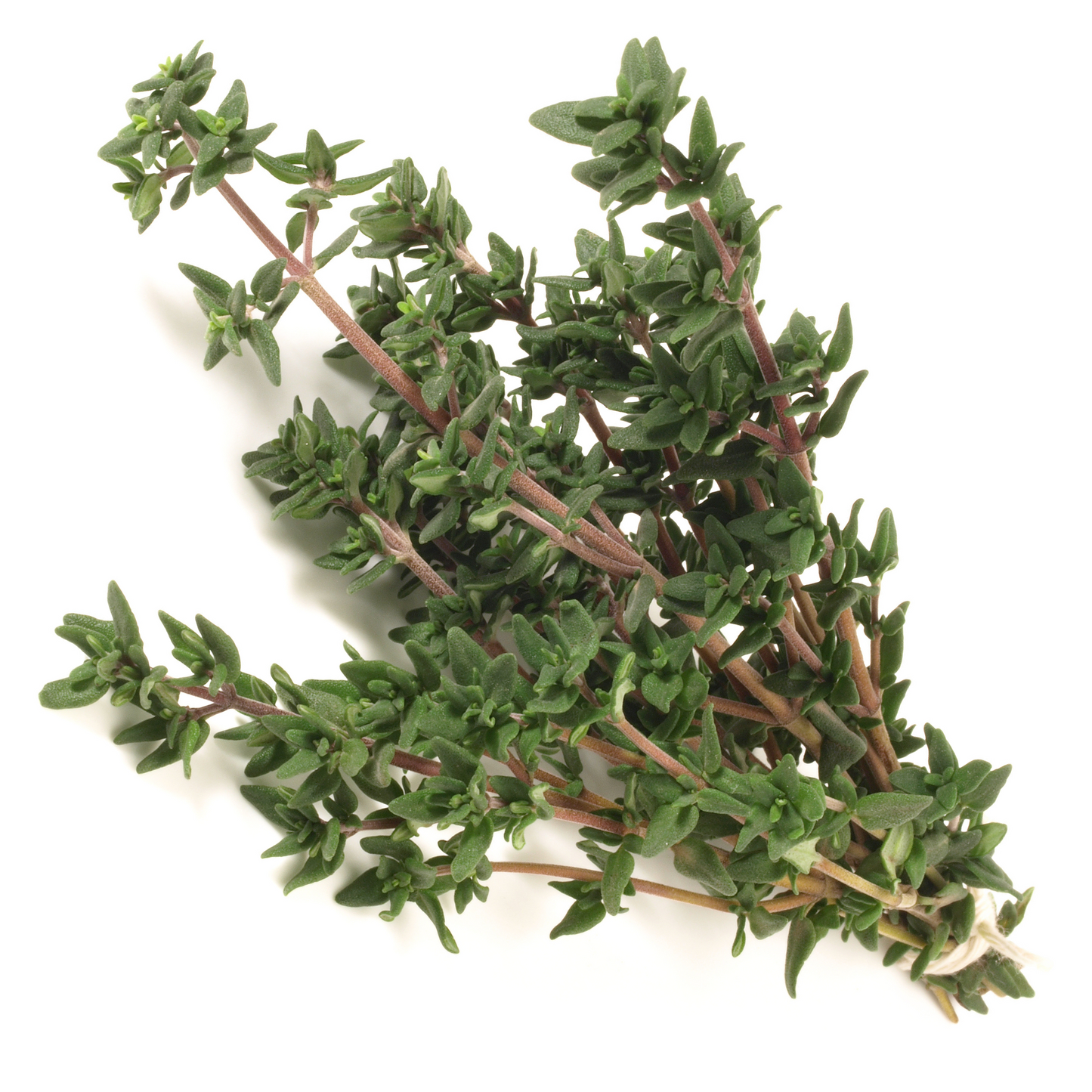JONQUIL
Winter Thyme - 0.1 Gram
Winter Thyme - 0.1 Gram
Couldn't load pickup availability
Winter Thyme (Thymus vulgaris ‘Winter’) is a cold-hardy variety of common thyme known for its robust flavour and evergreen foliage, even in frosty climates. This perennial herb is a favourite in the kitchen and garden due to its resilience and versatility.
Detailed Description
Botanical Name Thymus vulgaris ‘Winter’
Family Lamiaceae (mint family)
Type Woody evergreen perennial
Height 20–30 cm
Spread 30–40 cm
Foliage Small, narrow, aromatic grey-green leaves
Flowers Tiny pale pink to lavender blooms in late spring to early summer
Hardiness Very hardy – tolerates temperatures down to -20°C
Flavour Profile Stronger and earthier than regular thyme; excellent for roasting and stews
Light Requirement Full sun
Soil Well-drained, light soil (sandy or loamy); prefers slightly alkaline pH
Growing & Sowing Guide
Sowing Seeds Indoors (for early start)
When to Sow Indoors Late Winter to early Spring
Temperature 15–20°C for germination
Germination Time 14–28 days
How
Sow thinly on the surface of moist, well-draining seed compost
Lightly press seeds in but do not cover — they need light to germinate
Keep soil slightly moist but not waterlogged
Once seedlings are large enough to handle, pot them into small individual containers
Direct Sowing Outdoors
When Late spring (after frost has passed)
Spacing Thin or transplant seedlings to 25–30 cm apart
Depth Surface sow or barely cover
Watering Moderate. Let the soil dry between waterings
Planting Out
When to Transplant After danger of frost, ideally mid-spring
Site Prep Choose a sunny, sheltered spot with excellent drainage (raised beds or gravelly soil work great)
Mulching Use light gravel mulch to reflect light and reduce humidity around stems
Maintenance
Prune lightly after flowering to encourage bushiness and prevent woody growth
Avoid over-fertilizing — thyme prefers poor soils
Harvest regularly by cutting stems, ideally before flowering for best flavour
Divide clumps every 3–4 years in spring to refresh vigour
Common Pests and Diseases
Pests
Aphids
Sticky residue, curled leaves
Spray with a jet of water or neem oil; encourage ladybirds
Spider Mites
Fine webbing, speckled/discoloured leaves
Increase humidity; rinse foliage; use insecticidal soap if necessary
Root-knot Nematodes
Stunted growth, yellowing, poor vigour
Rotate crops, solarize soil, add organic matter
Thrips (occasionally)
Silvery streaks on leaves, black dots (frass)
Sticky traps, remove infested plant parts
Diseases
Root Rot (due to poor drainage)
Ensure well-drained soil; avoid overwatering
Powdery Mildew (rare)
White powdery film on leaves
Increase air circulation, avoid overhead watering
Share


